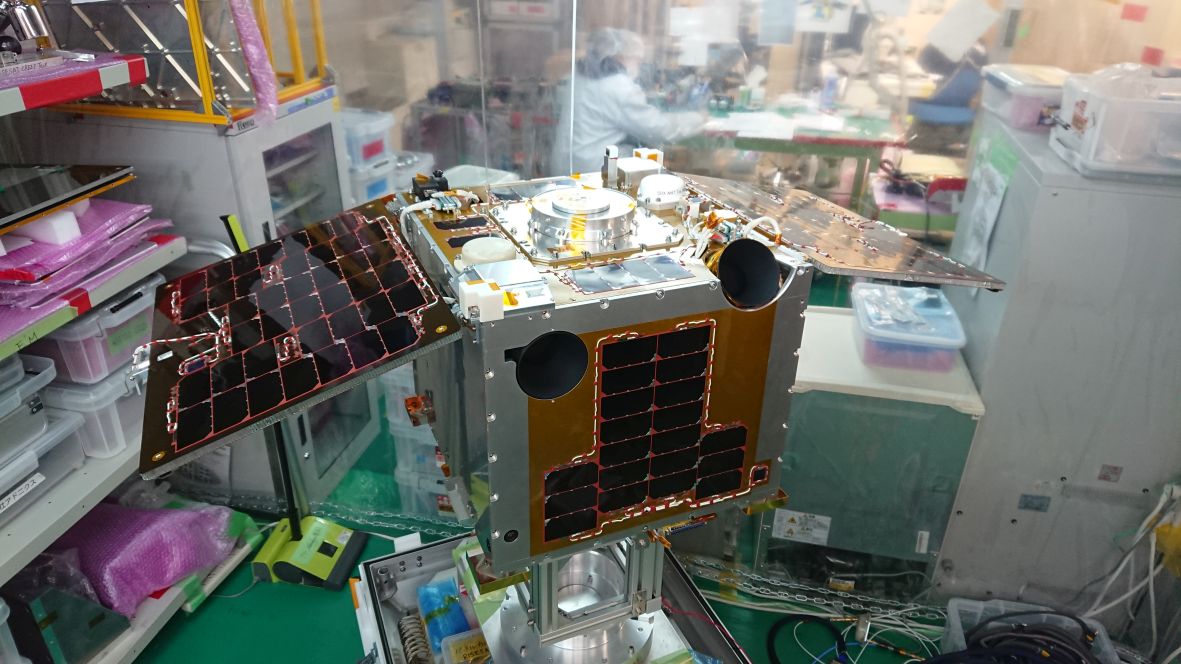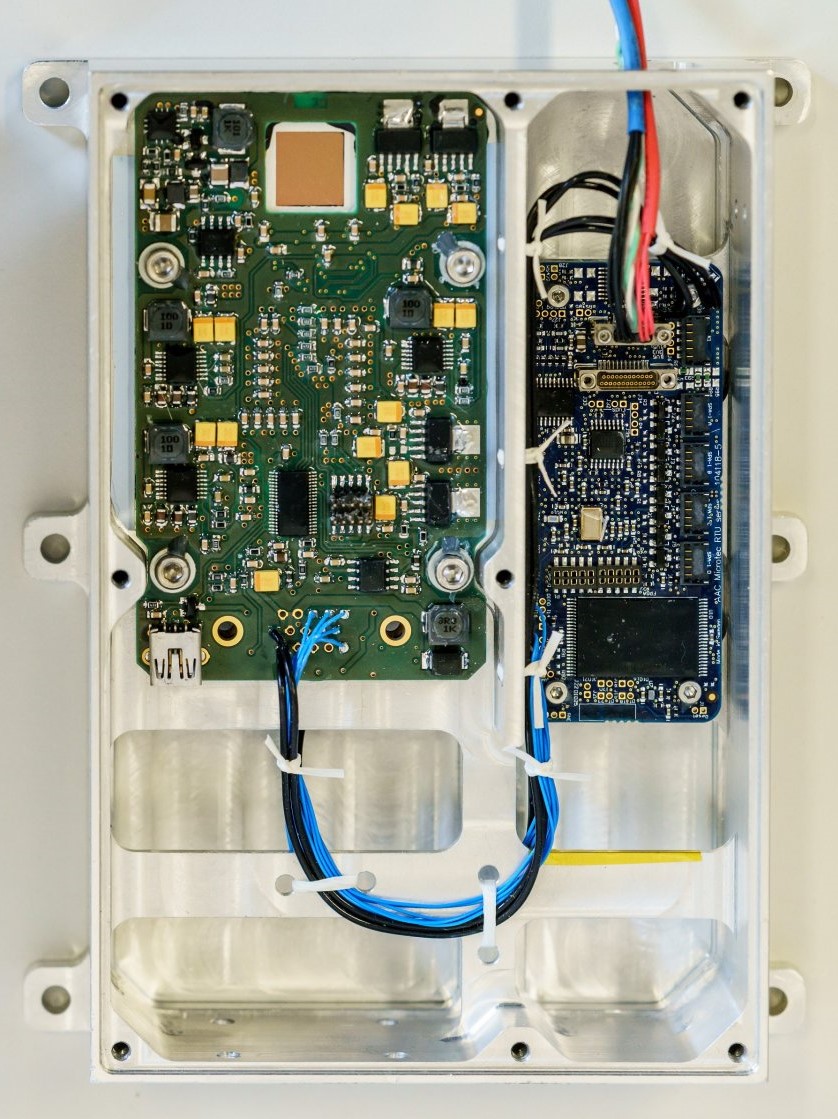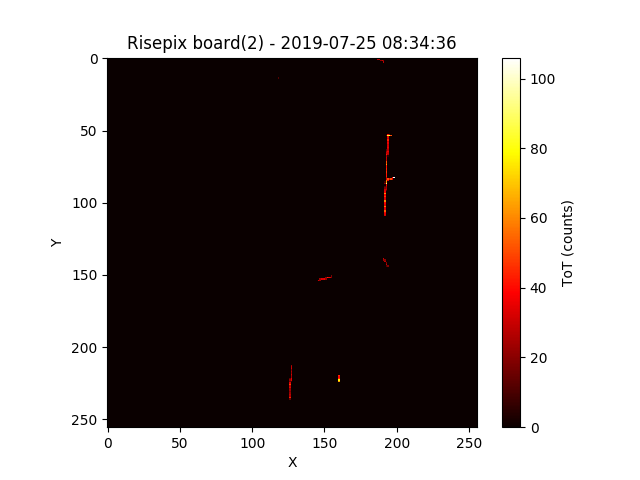RISESAT - Japanese satellite with Czech detector RISEPix
Employees from the Institute of Experimental and Applied Physics of the Czech Technical University in Prague (IEAP CTU) have taken the first images of the radiation field in space using the RISEPix detector attached on-board the small Japanese satellite RISESAT. The purpose of the satellite is to observe the Earth and monitor the space radiation environment. RISESAT was developed at the Tohoku University Robotic Space Laboratory as an international cooperation project and launched into orbit with the Epsilon 4 rocket of the Japanese National Space Agency JAXA from the Kagoshima Spaceport on January 18, 2019.
 |
One of the instruments on-board is the RISEPix module, developed by IEAP to monitor the radiation environment in orbit using two Timepix pixel detectors. The RISEPix module can detect charged particles in the Earth's magnetic field, determine their counts, type, energy and direction. As a result, it can monitor the composition, intensity, and changes in cosmic rays from the Sun and from space, including the progress of solar flares and changes in the Earth's magnetic field.
 |
During the commissioning phase of the RISESAT satellite, it was possible to take and download the first images from the RISEPix module to verify its full functionality. The RISEPix module thus joined other space-based devices that were developed in IEAP based on the Timepix detector technology. Since 2012, five detectors have been continuously monitoring the radiation environment inside the International Space Station ISS. In 2013, the European Space Agency's Proba-V satellite with a SATRAM radiation monitor was launched into orbit. And since 2017, the Czech nanosatellite VZLUSAT-1 has been orbiting Earth, where IEAP supplied an X-ray detector.
 |
22.10.2019 Mgr. Robert Filgas, Ph.D., IEAP CTU in Prague

